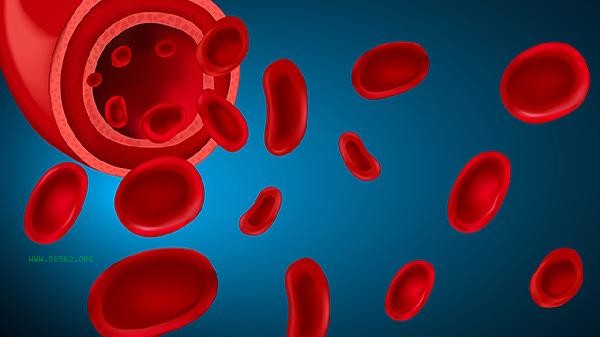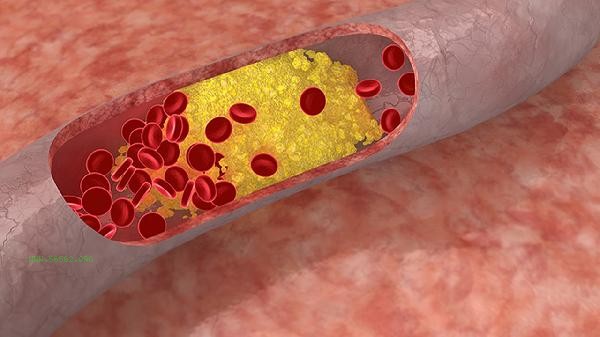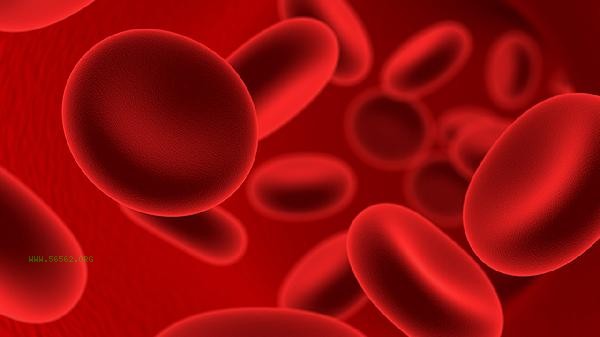A low average volume of red blood cells may be a manifestation of diseases such as iron deficiency anemia, thalassemia, and chronic disease anemia. The low average volume of red blood cells is mainly related to factors such as insufficient hemoglobin synthesis and impaired red blood cell production, often accompanied by symptoms such as fatigue, dizziness, and pale complexion. It is recommended to seek medical examination in a timely manner, clarify the cause, and receive targeted treatment.

1. Iron deficiency anemia
Iron deficiency anemia is a common cause of low average red blood cell volume, resulting in reduced hemoglobin synthesis due to insufficient intake or absorption of iron. Patients may experience symptoms such as brittle nails and pica. Treatment requires the supplementation of iron supplements such as ferrous sulfate tablets, iron dextran oral solution, etc., while increasing the intake of iron rich foods such as animal liver and red meat.
2. Thalassemia
Thalassemia is a hereditary hemolytic anemia caused by impaired synthesis of globin peptide chains, resulting in a smaller red blood cell volume. Mild patients may have no obvious symptoms, while severe patients may experience hepatosplenomegaly and skeletal deformities. Diagnosis requires genetic testing, and treatment mainly involves blood transfusion and iron removal therapy. If necessary, hematopoietic stem cell transplantation may be considered.
3. Chronic disease anemia
Chronic infections, tumors, or autoimmune diseases can lead to abnormal iron metabolism, resulting in a lower average red blood cell volume. Patients often have primary symptoms such as fever and weight loss. Treatment should control the primary disease, and in severe anemia, erythropoietin can be used to avoid blind iron supplementation.

4. Iron granulocytic anemia
Iron granulocytic anemia is an anemia caused by disorders in heme synthesis, resulting in an increase in iron granulocytes in the bone marrow. Symptoms include pale skin and mucous membranes, palpitations, etc. Some patients are effectively treated with vitamin B6, while severe cases require blood transfusion support and iron therapy is contraindicated.
5. Lead poisoning
Lead poisoning can inhibit the activity of heme synthase, causing a decrease in red blood cell volume. May be accompanied by symptoms such as abdominal pain and peripheral neuropathy. Diagnosis requires testing of blood lead concentration, treatment with lead expelling drugs such as calcium sodium edetate, and staying away from lead contaminated environments. When the average volume of red blood cells is found to be low, it is necessary to complete examinations such as iron metabolism and hemoglobin electrophoresis to clarify the cause. Pay attention to a balanced diet in daily life, ensure intake of iron containing foods such as lean meat, green leafy vegetables, etc., and avoid strong tea and coffee affecting iron absorption. Anemic patients should rest moderately, avoid vigorous exercise, and regularly monitor the treatment effect through blood routine examination. If there are worsening symptoms such as palpitations and shortness of breath, seek medical attention promptly.









Comments (0)
Leave a Comment
No comments yet
Be the first to share your thoughts!